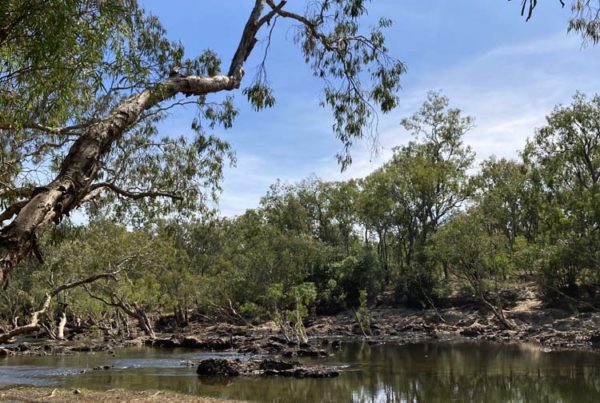Project Information
Southwell Station Savanna Burning Project
Savanna burning
Tropical savannas across northern Australia are some of the most intact and biodiverse landscapes in Australia, encompassing areas of significant global biodiversity. Within its 145,570 hectares, Southwell Station holds 32 hectares of threatened regional ecosystems – home to one Federally listed and two State listed threatened fauna species, and one State listed threatened flora species.
Stations across the Cape York Peninsula are hard to manage, which in some cases has led to low levels of fire, weed and feral animal management which threaten biodiversity. Under the right conditions, savanna burning can play an important role in enhancing and restoring biodiversity in the region.
Wildfires that occur in the late dry season, burn at high intensity, producing excess carbon emissions and are a major threat to biodiversity. Unlike controlled cool burns, animals can’t survive these intense fires.
Through their carbon project with GreenCollar, the land managers at Southwell Station are using fire management methods to reduce emissions from intense wildfires and protect the biodiversity of the land.
By applying patchwork burns, early in the dry season when fires are cooler, they are able to break up the landscape and fuel load for dangerous wildfires. This limits the spread of wildfires, reduces invasive weeds, and ensures the landscape maintains patches of ‘old’ vegetation that wildlife can find refuge in while burned areas regenerate.
“The carbon project encourages us to look after our country better,” they said. “The money we get from carbon credits helps us to stop hot, late season fires and allows us to put fire breaks in to manage our fire risk better.”
Key Benefits
We support the Sustainable Development Goals


Statistics
Methodology
Emissions Abatement through Savanna Fire Management Methodology Determination 2015
Registered ID
Date registered
July 2014
Project area
145,570 ha
Location
Cape York, QLD
















